Why is the J-15 double-seater version very different from Su-33?The dream of the Soviet Union is realized by China
Author:Military secondary surface Time:2022.08.05
"Military and Military Secondary Point" Author: Lu Yan
Everyone knows how to improve the J -15 after the J -15 fighter aircraft appeared in service. At present, the J -15 fighter has been derived from the ejection version of the electronic warfare aircraft and the double -seater version, etc., and may even be born of the ultimate improved version of the carrier -based aircraft like Su 35. Each model of this is important, but considering the future tactical status of the J -15, the importance of the double -seater version will even be higher than a single seat. Then there is a problem here. The J -15 is also a derivative fighter for the 27th family, and the Su -33 carrier -based aircraft that Russia once equipped is also the carrier -based aircraft derivative version of the Soviet Union. So why is the two -seater version of the Su 33 and the double -seater version of the J -15 be so different in structure?
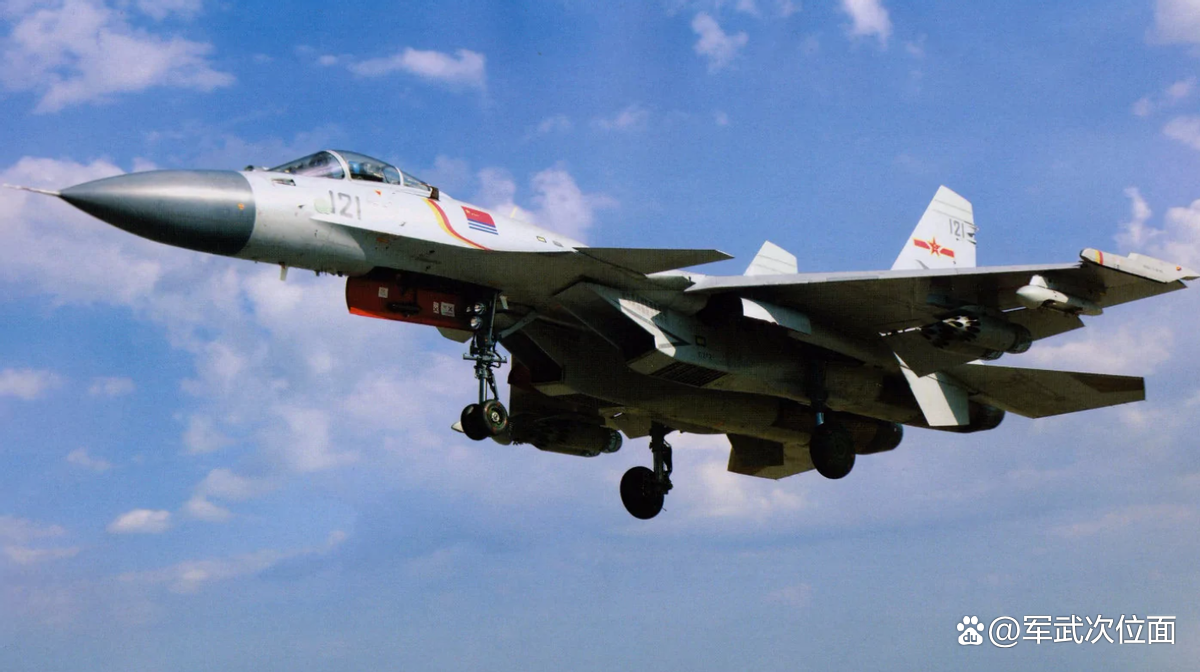
▲ Picture source: Network
Although J -15 looks very similar to Su 33, the life of the two is still different. The main technical sources of J-15 include the T-10K-3 verification machine obtained from Ukraine and the J-11B fighter developed by my country themselves. The former provides the main body structure, and the latter is a radar avionics system, so the J -15 is the Navy's J -11B in a sense. Therefore, this also determines that the J -15 fighter itself is a non -behind aircraft, but the advanced level is still a certain gap with the superborian of the United States.
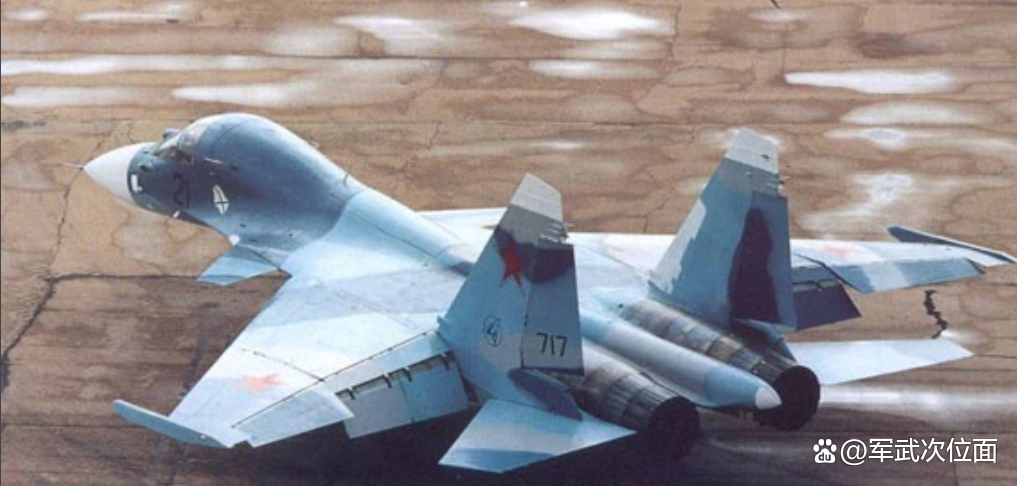
▲ Picture source: Network
The life of the Soviet 33 carrier aircraft must be more uniform. It is the naval version of the early Su 27 fighter, and was first called the Soviet 27K. After the disintegration of the Soviet Union, Russia named the Soviet Union 27K as Su 33, and developed the double -seat version of the Soviet 33 carrier -based aircraft. This is the Su 33UB that was later came out.
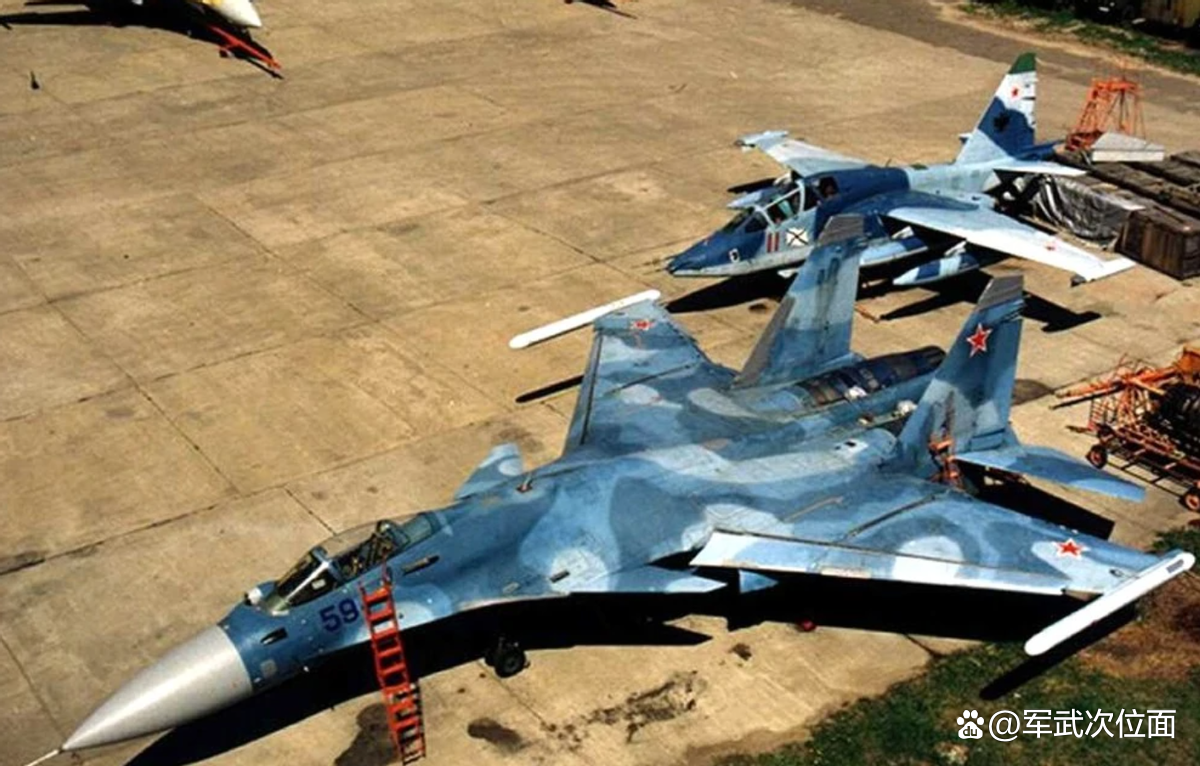
▲ Picture source: Network
Because there are many derivatives of the Su 27 family, there are many models for reference. Let's look at the United States first. The naval aviation mainly uses the Bumblebee series of carrier -based aircraft to use the vertical cockpit layout, that is, one pilot is ahead and the other is behind. Even the Air Force's planes, such as the double version of the F15, the F15B and the dedicated combat bomber F15E also use the vertical cockpit. And my country's current two -seater fighters, whether it is J -16 or J -11BS or smaller J -10 S and the double -seater version of the Snapdragon, and the latest version of the double -seater version of the J -20 is also used. Essence The biggest advantage of such cockpit design is that the cross -sectional area of the fuselage is almost unchanged, so the resistance of the aircraft is basically unchanged, and the flight performance is almost the same as the single version. The biggest disadvantage is to occupy the space in the aircraft Essence

▲ Picture source: Network
When Russia was developing the Soviet Union 33UB, it did not refer to the two -seater version of the Soviet Union, but found the Su 34 fighter. The predecessor of the Su 34 fighter is Su 27ib, which is a special combat bomber developed on the basis of Su 27. In fact, if you look closely, the development of the Soviet Union and Russia's early Soviet 27 fighter aircraft was actually quite complete and obviously targeted. Compared with the basic version of Su 27, the body size of the Soviet Union 27IB has increased, and it uses a large -scale plane cockpit design for large aircraft. The pilots are one left and right. This design is also relatively common, such as our common passenger aircraft bombers. There are also precedents for aircraft with relatively small tonnage, such as the US F111 and Soviet -like Soviet 24. The disadvantage of the cockpit is that the cross -sectional area of the aircraft becomes larger, but it also brings an advantage, that is, the internal volume of the fuselage increases, more equipment can be installed. increase.

▲ Picture source: Network
Because the prototype of the Su 33UB carrier -based fighter is different from the Su 33, the Su 33UB also uses the side seat layout from the Su 27IB, which looks very weird. However, the volume of the cockpit of the Su 33UB is still smaller than that of Su 34. The overall external size is slightly larger than that of Su 33. The most obvious gap is the area and size of the wing.

▲ Picture source: Network
The reason why the Soviet Union and Russia chose Soviet 27IB as the two -seater version of the Soviet Union 33 was actually more significance that the Soviet Union wanted to have a carrier -based combat bomber. You should know that in 1990, the Soviet Union even allowed a prototype of a Soviet 34 fighter to land on the aircraft carrier, flying over the aircraft carrier and took photos. If the Soviet Union does not disintegrate, the reduced version of the Soviet 34 fighter will serve on the Soviet aircraft carrier. After continuous improvement, it will become the main advanced combat bomber of the Soviet Navy, even stronger than the American super big horses, and the improved Soviet 33 to maintain the Soviet Union to maintain the Soviet Union. Interests.
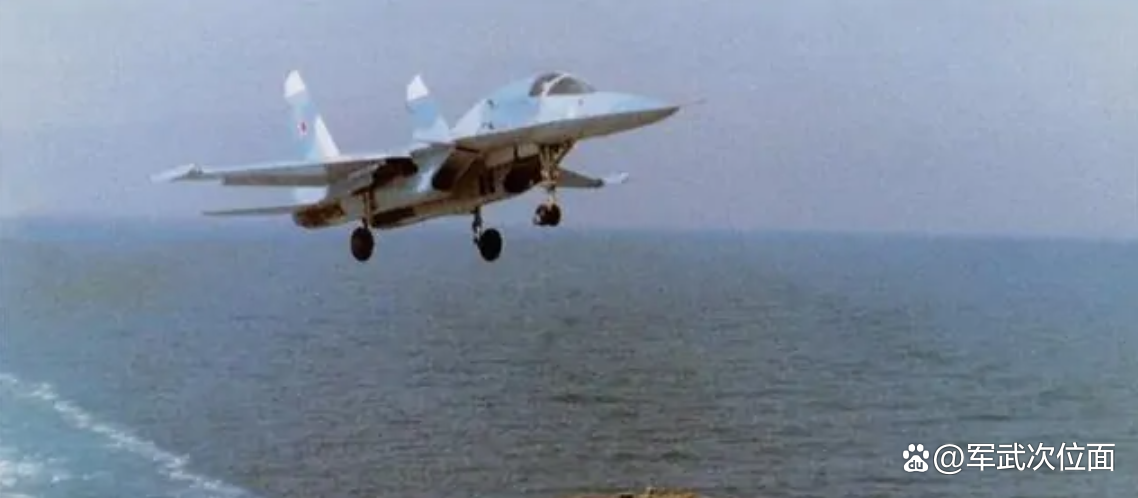
▲ The prototype of Su 34 pretended to land on the aircraft carrier. Image source: network
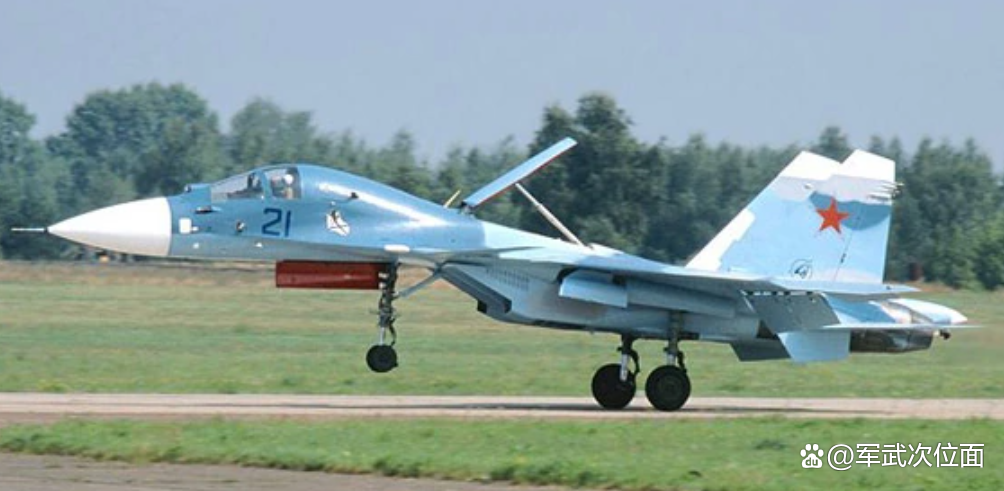
▲ Picture source: Network
When my country developed the J -15 double -seater version, it was obviously that there were no Soviet 27IB and Soviet 34 for reference, and the Soviet Union and Russia always believed that the combat bomber should have a parallel cockpit layout.But in terms of today's battlefield situation, there is not much need for large carrier -based aircraft on side -rowed cockpits.The double -seater version can be added to the back of the cockpit, and you can directly refer to the J -11BS and J -16 fighters that the Air Force service can be directly.A pretty good combat bomber realizes the dream of the Soviet Navy's unrealities.▲ Picture source: Network
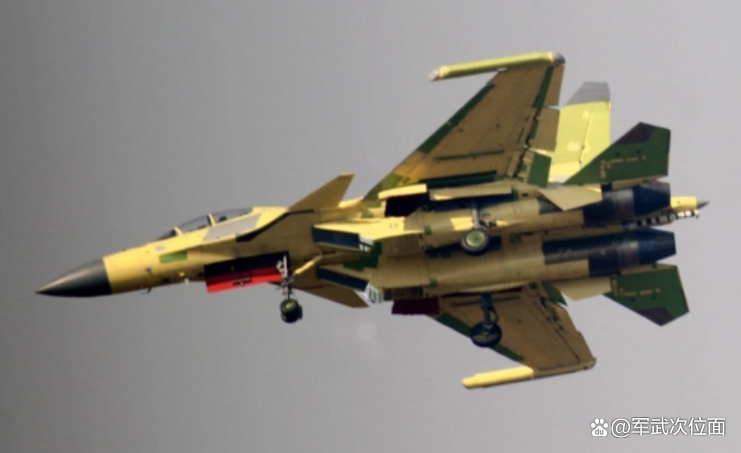
- END -
China's first commercial aerospace launch site started. Why build a commercial aerospace launch site?

China ’s first commercial aerospace launch site started construction[Global Times...
Ministry of National Defense: China and ASEAN are inseparable security communities

Xinhua News Agency, Beijing, June 30 (Reporter Zhang Ye) China and ASEAN are an in...